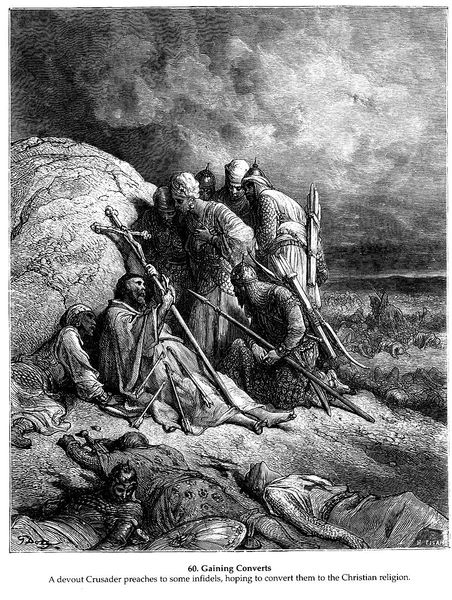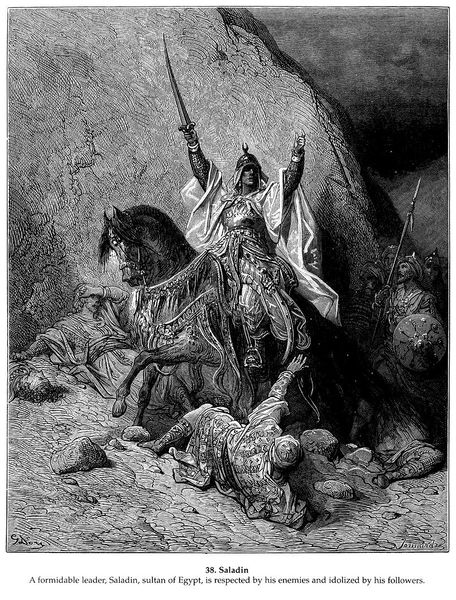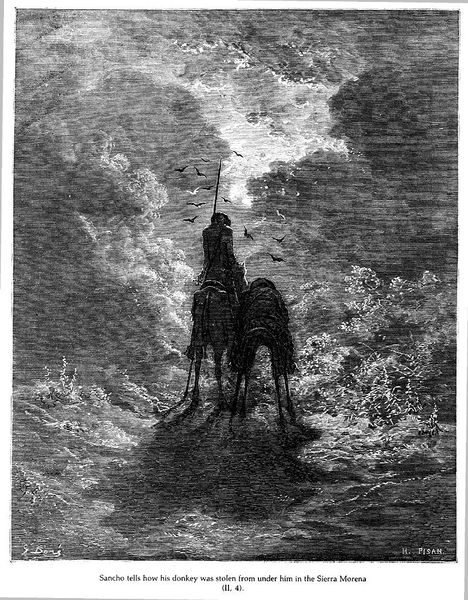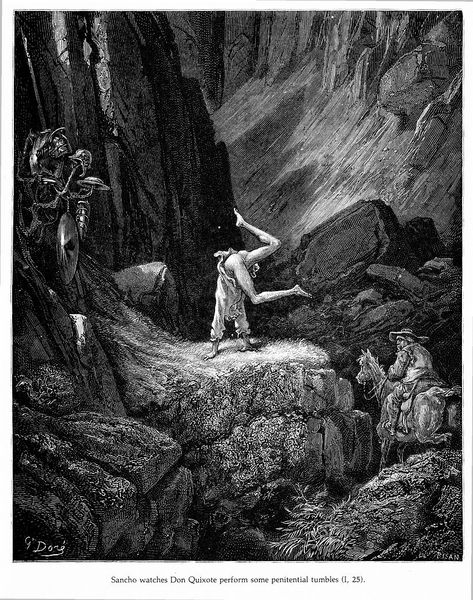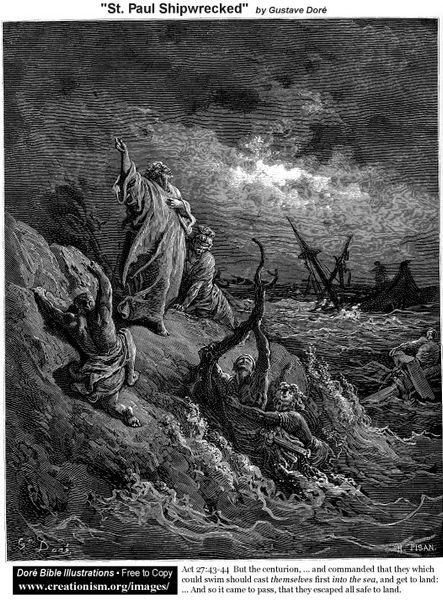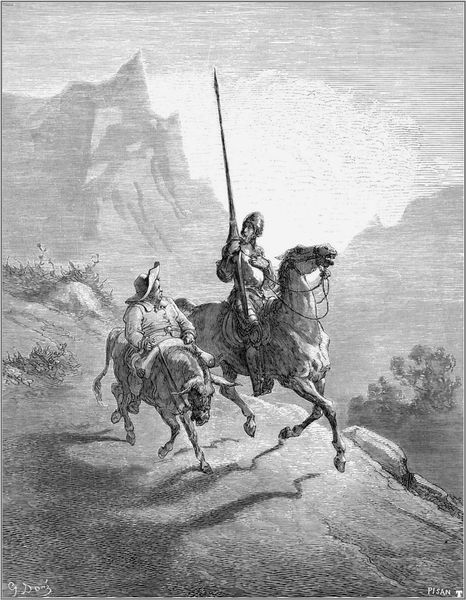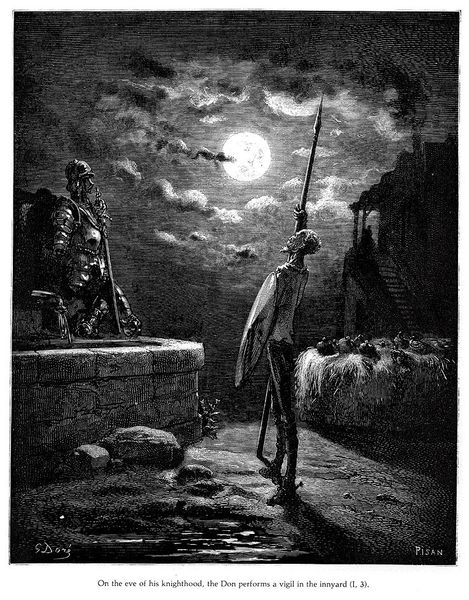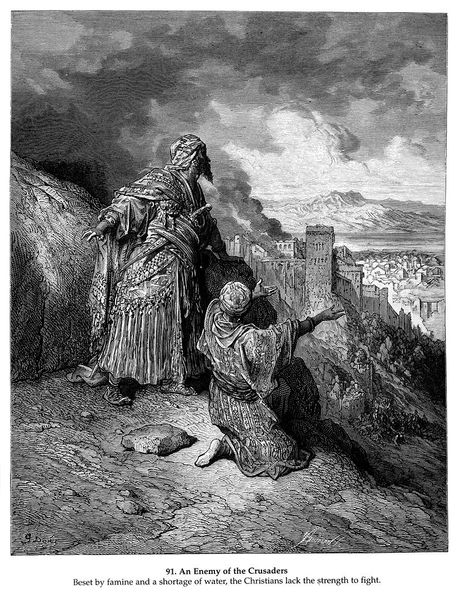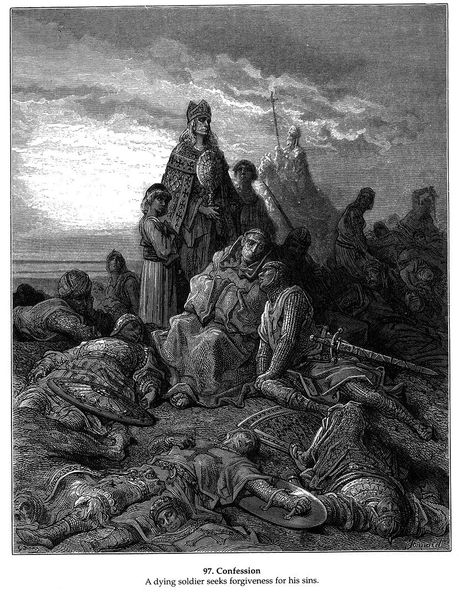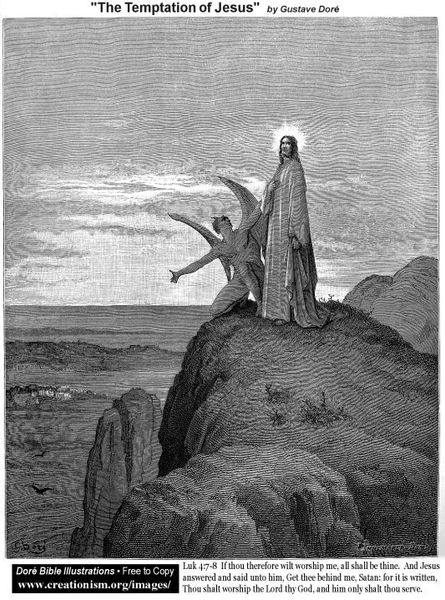
drawing, ink
#
drawing
#
narrative-art
#
black and white photography
#
landscape
#
figuration
#
ink
#
romanticism
#
christianity
#
line
#
history-painting
#
christ
Copyright: Public domain
Here we see an engraving of "The Good Samaritan" by Gustave Doré, composed through a dense network of intricate lines and stark contrasts. The dramatic lighting and meticulous detail draw us into a world of moral complexity. The composition uses shadow to evoke a sense of profound empathy. Doré masterfully employs this to highlight the tension between darkness and light, mirroring the parable’s theme of compassion overcoming indifference. The formal arrangement guides our eyes, moving from the vulnerable figure of the injured man to the Samaritan, whose posture and stance embody selflessness. Consider how the artist uses the semiotic language of light and shadow. Light is the symbol for morality and goodness, challenging established social hierarchies and questioning fixed meanings. As we engage with this image, we are invited to consider the nature of human compassion, and how it exists within the structures of society. The enduring impact of "The Good Samaritan" lies not only in its narrative power, but also in its invitation to continually re-evaluate our understanding of moral responsibility.
Comments
No comments
Be the first to comment and join the conversation on the ultimate creative platform.
